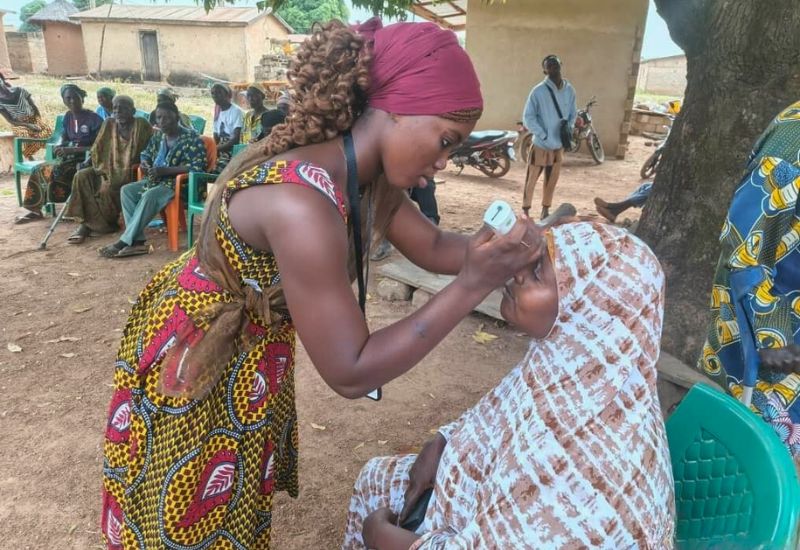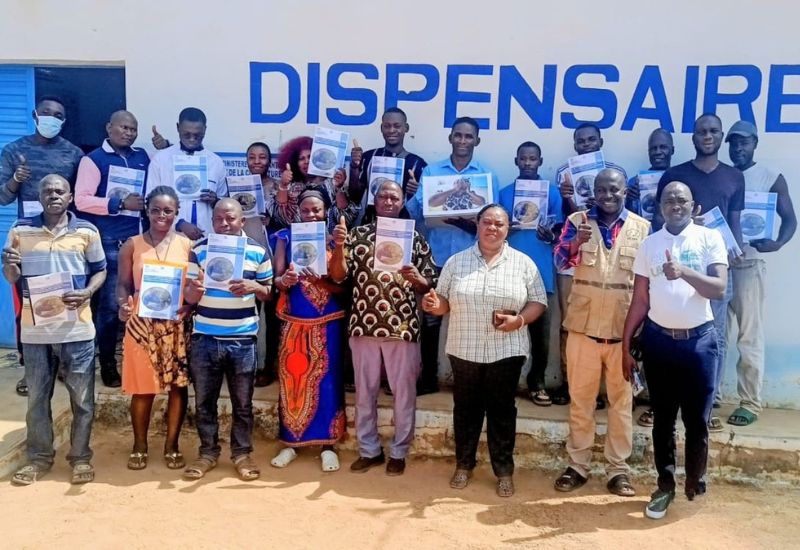Over hundreds of years, the unequal diffusion of technology and medical advancements has resulted in billions of individuals without access to electricity, medicine for easily treated diseases like malaria, and clean water and sanitation.Finding solutions to these problems often dominates the global development discourse.
In “A Simple Way to Improve a BillionLives: Eyeglasses" The New York Times shines a light on the biggest global development problem that no one has ever heard of: access to eyeglasses.
Despite the magnitude of the need—today 2.5 billion people are living with poor vision that could be corrected with a pair of eyeglasses—this is something we can solve in a lifetime.
As cited in the World Economic Forum’s report "Eyeglasses for Global Development: Bridging the VisualDivide", doing so would result in boosting the global economy by hundreds of billions of dollars every year due to increased productivity and raise GDP by 0.2% by improving educational outcomes in children with poor vision.
EYElliance’s work making the case for action and investment in this issue area is featured prominently in the article.
EYElliance is a multi-sector coalition that drives the global strategy to close the gap in access to eyeglasses. Informed by the collective experience of our membership, EYElliance has developed a road map for executing on this strategy. As a systems level change agent we: 1) Promote proven models to engage new actors in solving the problem 2) Demonstrate the efficacy of those models at the national level 3) Influence new actors to embed proven models into pre-existing public and private systems. This systems change approach has us confident that we can deliver on the global strategy within a lifetime – or sooner. EYElliance member EssilorLuxottica, the world’s largest producer of ophthalmic lenses for eyeglasses, is committed to eradicating poor vision by 2050.
Here are some reasons to be optimistic about achieving this goal:
Proven Solution: Invented over 700 years ago, eyeglasses are a proven solution that, when properly dispensed, can immediately correct the vast majority of all vision problems.
New Low-Cost Diagnostics: Emerging technologies offer a fast and accurate way to determine prescriptions via handheld devices without the need for an Ophthalmologist of Optometrist –which are often in short supply in less developed countries.
New Product Innovations: Ready-to-assemble eyeglasses, enables eye health practitioners to dispense glasses on-site in schools and remote communities within a matter of minutes and meet the vast majority of the need –this is a low-cost alternative to individually made glasses from optical laboratories.
In addition, over the past decade the cost of eyeglasses has dropped significantly and today it is possible to source new frames and lenses for $0.50-$2.50 per pair.
Proven Models: Our Members, including NGOs and inclusive businesses, have pioneered innovative delivery models to reach those without access to eyeglasses. There is broad consensus among our coalition on what models are most effective, what works, and where money is needed.
These developments provide an opportunity to drive meaningful change by connecting and aligning a “bottom up” action agenda, refined by NGOs and inclusive business, with the priorities of development finance institutions, global development agencies, and multilateral and bilateral institutions.
Our theory of change
EYElliance recognizes that we cannot solve a 2 billion-person problem by creating parallel systems. We accelerate impact by forging new collaborations between actors across all sectors, and deploy proven solutions at the systems level.
For example, in Liberia EYElliance members have formed a coalition to support the Ministry of Health in integrating a proven model of basic eye care into the country’s national community health worker program that reaches 1.2 million individuals in remote communities. At the same time, EYElliance members are providing technical assistance to the Ministry of Education to establish the continent’s first national initiative that will screen every primary and secondary school student for vision problems and provide glasses when needed.
In Latin America, EYElliance is making the case to development finance institutions that an inclusive optical sector targeting emerging middle class and low income consumers has the potential to attract and absorb investment the way the energy, agriculture, and housing sectors have done in recent years.
Much work remains to be done, but we are well on our way.
Correcting individuals’ vision with a pair of eyeglasses presents a unique opportunity to deliver immediate, measurable impact on learning outcomes in children, productivity in the working poor, and increased adult literacy. With political will and investment, creating equitable access to eyeglasses is something this generation can accomplish. Isn’t it time everyone is able to benefit from a technology that was invented in the 13th century?
Sources: https://www.nytimes.com/2018/05/05/health/glasses-developing-world-global-health.html?smid=url-share,The New York Times. A version of this article appeared in print on May 6,2018, Section A, Page 1 of the New York edition with the headline: A Health Crisis That Costs $1.50 to Correct.







.jpg)